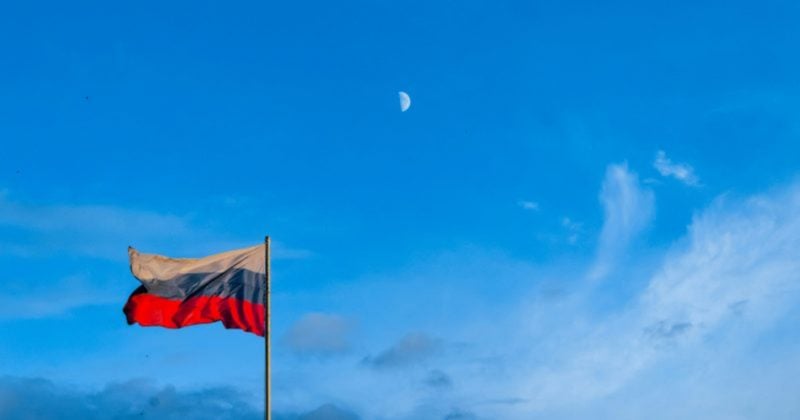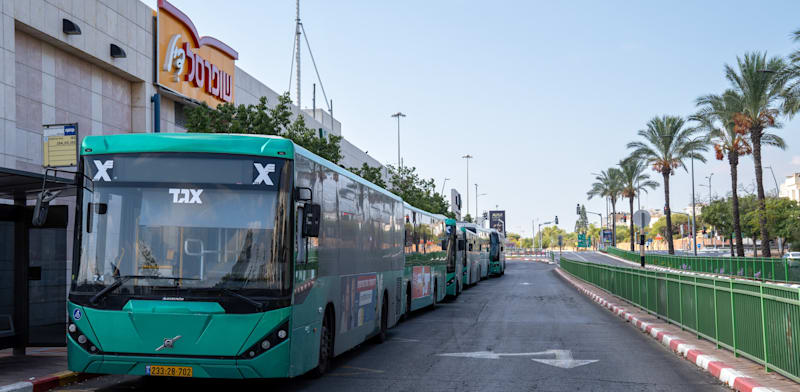Modern alcohol consumers are blessed with an abundance of choices. Beer, wine, spirits, ciders, hard seltzers, fermented teas, and several other kinds of alcoholic beverages are available in a myriad of flavors. The alcohol content and size of products vary to cater to every demand.
An important question for policymakers is how to taxA tax is a mandatory payment or charge collected by local, state, and national governments from individuals or businesses to cover the costs of general government services, goods, and activities. these products. Unlike some tax areas, the answer here is remarkably simple.
Taxing Based on Alcohol Content Is Most Effective and Neutral
In an alcohol-content-based tax design, every ml of ethanol is treated identically, regardless of the process of extracting the alcohol (distilling, mashing, or steeping) or the initial starting ingredient (grapes, grain, potatoes, sugar cane, apple, pear, honey, etc.). The alcohol by volume (ABV) tax ensures neutrality by taxing all drinks containing the same amount of alcohol at the same rate.
The model for this kind of taxation already exists. Most European countries and the United States tax spirits based on alcohol content. Higher alcohol content means more tax paid. Each ml of alcohol in a distilled spirit is taxed equally. This system can be extended to alcohol of any type.
Globally, ABV taxes are gaining traction. A proposal in Brazil passed its lower house in 2024, and talks are ongoing for a possible nationwide rollout. A similar proposal in Mexico would levy an MXN 1.40 tax for each degree of alcohol per liter of content in alcoholic beverages. Because the tax could be remitted by producers and importers, the new tax would reduce the number of tax remitters by over 99 percent and would substantially decrease the estimated 60 percent of alcohol tax under-remission.
Categorical Systems Struggle in Modern Markets
Most modern alcohol tax schemes are not set to tax products by alcohol content, unfortunately. Even when countries use an alcohol tax system that increases based on alcohol content in distilled spirits, they also employ a categorical tax system in which other kinds of alcohol are taxed differently.
The three traditional categories are beer, wine, and spirits, with products categorized by either their original raw ingredients (e.g., grape alcohols are wine) or the way the alcohol is extracted from the raw ingredient (e.g., distilled alcohols are spirits). For many decades, this system worked relatively well. There have always been beverages that don’t fit well into existing categories (e.g., ciders, meads, sake). However, market share for these products was relatively small in many places, and where these products were especially popular, an extra category could be created.
Recently, the alcohol sector has become a leader of global innovation. While market participants have been quick to adapt to changing market conditions, the historic categorical tax policy has struggled to keep pace with market changes. Newer products straddle categorical lines and result in non-neutral and often counterintuitive tax policy.
Many ready-to-drink cocktails are distilled spirits drinks. After combining the spirit with a mixer (e.g., a Jack and Coke), the final product available to purchase has an alcohol content closer to a beer than a bottle of liquor.
Craft brewing revolutionized the beer industry, diversifying the flavor profile of the products on the market and the alcohol content in these products. Craft India pale ales (IPAs) have a significantly higher alcohol content than the 4-5 percent in most popular light lagers. Double IPAs often have 10 percent ABV or more, putting them closer in alcohol content to most wines than beers.
The popularity of hard seltzers exploded in the past decade. Originally designed out of consumer love for vodka sodas and similar carbonated alcoholic drinks, many hard seltzers contain no spirits at all. Hard seltzers are often made from fermented cane sugar, though other times hard seltzers can be brewed from malted barley or made with vodka. While malt-based seltzers are produced with grain, they create a final product that bears little resemblance to their malt-based beer cousin. Hard seltzers often have an alcohol content similar to that of beer, but in many countries, the way in which the final product is taxed depends on the ingredients used, with vodka-based seltzers being charged a stiffer tax rate than malt-based seltzers.
Current Alcohol Tax Rates Are Non-Neutral
With an ABV tax, each amount of alcohol in a product is treated equally. That rarely happens with categorical tax systems. Sometimes a different tax methodology is used for each category. Portugal, for example, taxes most beer (with more than 1.2 percent ABV) at a fixed rate per volume of beer of EUR 33.85 per hectolitre, applies no tax to wine, and levies a tax on distilled spirits of EUR 1602/hl of the volume of pure ethyl alcohol.
Portugal isn’t alone in its tax treatment of wine. Only 28 of the 53 countries in the World Health Organization’s European country bloc levied any form of excise taxAn excise tax is a tax imposed on a specific good or activity. Excise taxes are commonly levied on cigarettes, alcoholic beverages, soda, gasoline, insurance premiums, amusement activities, and betting, and typically make up a relatively small and volatile portion of state and local and, to a lesser extent, federal tax collections. on wine, partly because the EU Alcohol Excise Duty Directive sets a minimum tax of zero on wine.
Not taxing wine makes clear the non-neutrality of tax rates. In Europe, excise taxes contribute an average of 37 percent to the price of spirits, 16 percent to beer, and just 14 percent to wine. The table below compares the taxes and price a consumer has to pay on average to purchase 10g of ethanol in Belgium, Spain, and Sweden.
Alcohol Excise Taxes Comprise a Non-Neutral Share of Alcohol Prices
Tax Share of Market Price of 330ml Beer, 750ml of Wine, and 750ml of Spirits, 2022
CountryBeverageExcise Tax ShareTotal Tax Share
BelgiumBeer10.50%28.50%
Wine18.70%36.40%
Spirits39.80%57.20%
SpainBeer4.80%22.20%
Wine0.00%17.40%
Spirits36.00%53.30%
SwedenBeer38.50%58.50%
Wine43.90%63.90%
Spirits66.80%86.80%
Source: World Health Organization, “Alcohol taxes, prices and affordability in the WHO European Region in 2022.”
Ultimately, this kind of tax policy favors certain kinds of ethanol over others. In Belgium, consumers can consume 10g of ethanol in wine for less than half the price of 10g of ethanol in spirits. This is also true in Spain, but beer is an even more expensive form of consuming ethanol there. The figure below shows the price consumers would pay for 10g of ethanol in international dollars, or purchasing power parity dollars, adjusted for prices and incomes in each country.
Non-neutral tax rates distort markets and encourage consumers to avoid taxes by drinking lower-taxed products. Problems related to alcohol consumption don’t care whether the alcohol came from a grape, potato, or pear. As such, alcohol taxes should treat all alcohol the same, and a simple ABV tax is the most effective way to do it.
Stay informed on the tax policies impacting you.
Subscribe to get insights from our trusted experts delivered straight to your inbox.
Subscribe
Share this article



























